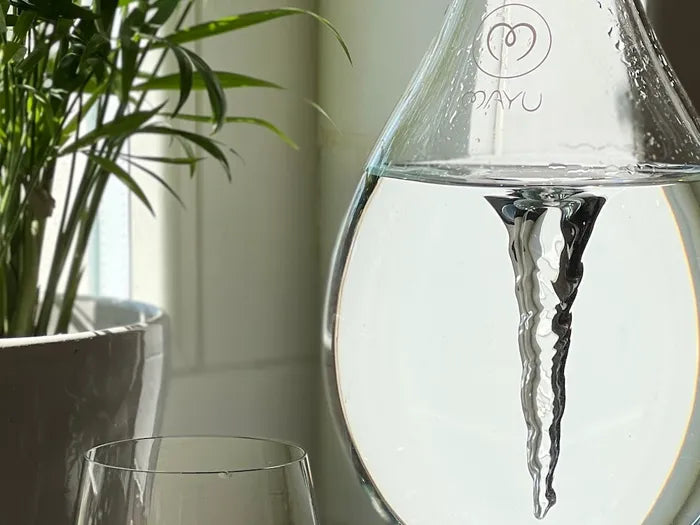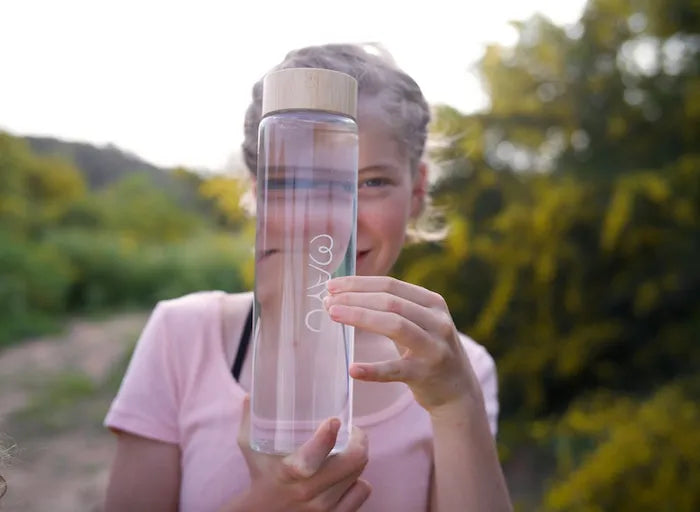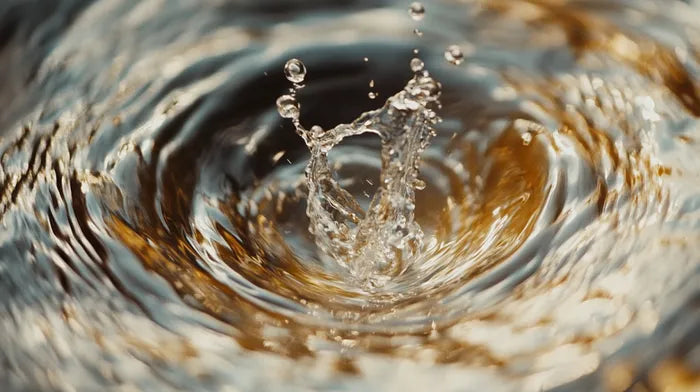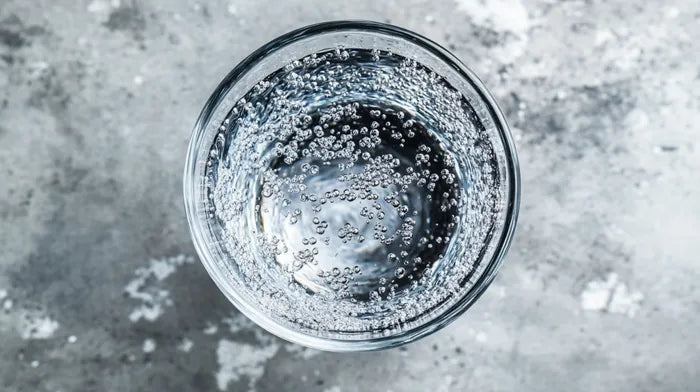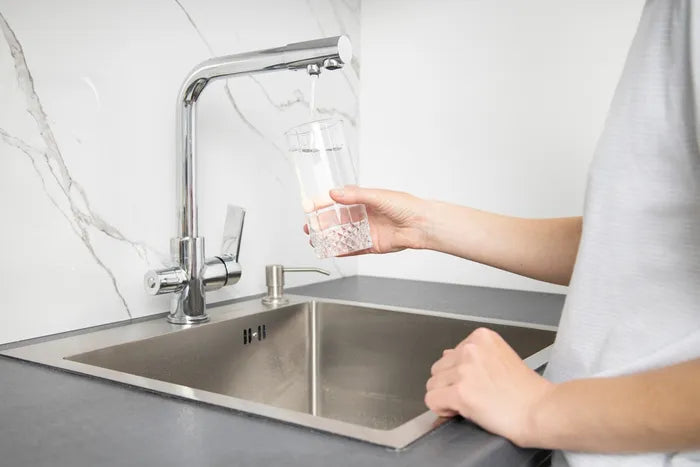Does Reverse Osmosis Water Contain Minerals?
Updated February 5, 2025

Reverse osmosis is a water purification process that pushes water under high pressure through a semi-permeable membrane that filters out unwanted sediments and contaminants like salt, chlorine, dirt, and potentially harmful viruses and microorganisms. Making reverse osmosis water involves four stages of filtration:
- Sediment filter
- Pre-carbon block
- Reverse osmosis membrane
- Post-carbon filter
The pre-carbon filter utilizes activated carbon to stop any particles larger than a speck of flour from passing through. It also attracts and binds with positively charged ions to prevent chemical compounds like chlorine from passing through the reverse osmosis filter. The reverse osmosis membrane removes any molecules heavier than water like sodium, dissolved minerals, high levels of lead, and fluoride. The post-carbon filter polishes the water off, resulting in “clean” water right down to the molecular level. However, sometimes RO water results in an unpleasant smell.
Are There Minerals in RO Water?
Because the reverse osmosis filtration process is so thorough, the water that comes out the other side does not contain the essential minerals normally found in tap water. There are believed to be some harmful long-term effects to drinking RO water because of the lack of minerals.
Can You Add Minerals to RO Water?
The good news is that it is possible to remineralize reverse osmosis water so you can benefit from contaminant-free water and the essential minerals your body needs. Mineral drops work well for adding minerals back to demineralized water and are as convenient as adding a few drops to a glass or jug of RO water.












